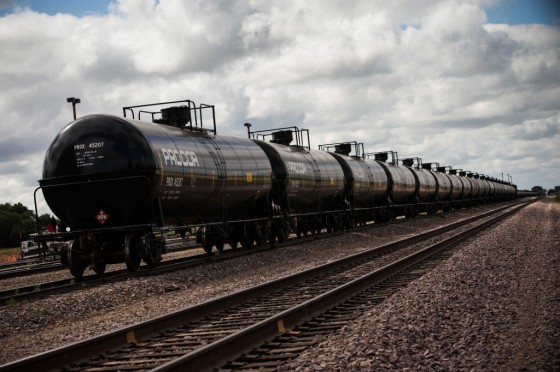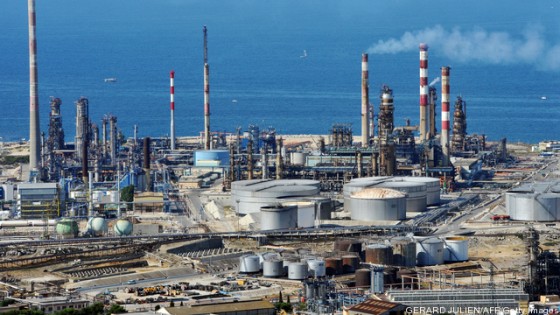The American Petroleum Institute put the below map together, showing the locations of the 21 proposed US LNG export plants, including the 4 that have received DOE approval for exports to non-free trade agreement nations.
Each location on the map includes “a summary of anticipated capital investments, jobs, and export volumes associated with each U.S. site, as well an estimated value of potential exports, based on application documents,” according to API.
Read more on Breaking Energy.














